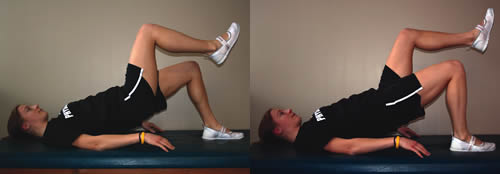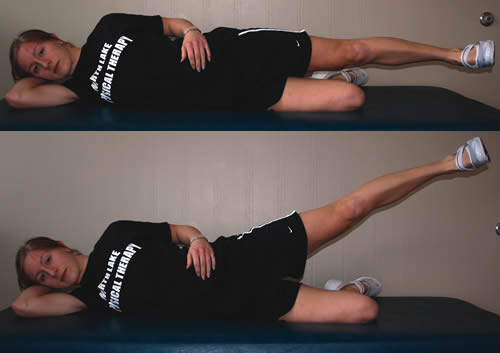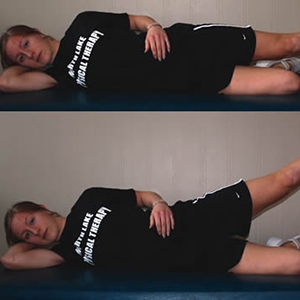If you are a regular runner then chances are you have experienced pain in your iliotibial band, known as IT Band Syndrome. The IT band is a strong band of fibrous tissue that runs from your hip, down your thigh to your knees. It works as a stabilizer during running and overuse causes inflammation and irritation. You typically feel the pain on the outside of the knee and lower thigh, but the pain can go as high as your hip. You are likely to feel pain and discomfort when rising from a seated position or descending stairs. Once you begin to feel pain, decrease your activity and give your body a chance to rest and heal.
Runners who don’t want to sacrifice training time, but wish to stay healthy can prevent IT band irritation by changing their routine. Running the same path repeatedly causes your body to adjust to that particular landscape. A simple slope on the edge of the road will cause your pelvis to shift for balance, stressing the IT band. By simply changing direction or varying your location so that your body does not have the same routine can help avoid irritation. Also, if you are just starting with your running program, ease into it slowly. You don’t want to overdo it and risk injury.
Stretching is key to preventing muscle tightness. The lack of flexibility in the glute and quad muscles increases the risk of IT band injuries. Consider investing in a running coach to analyze your stride and make corrections in your technique. If you determine that you are an over or under pronator (link to SROSM blog on Good Shoe), be proactive and start using shoe inserts, before you even begin to experience pain. Ensuring proper alignment and being consistent with stretching is the best prevention.
The following exercises will help loosen a tight IT band and offer relief.
Bridging March
Lift your hips to a full bridge position while lying on your back. Maintain your bridge position and lift one foot off the mat while keeping your hips raised. Return to your starting position and repeat with the other foot.

Sidelying Clam
With an elastic band around your thighs, lie on your side and left your upper leg up off your lower leg. Keep your feet together. Lift as high as you comfortably can without rotating your back. Keep your spine stable and isolate motion in your hips.

Sidelying Hip Abduction
Lie on your side and bend the knee of your bottom leg while keeping your upper leg straight. Isolate the motion in your hips and lift your upper leg again. Refrain from lifting your legs too high and keep your spine stable. Focus on keeping your foot parallel to the ground and your leg in line with your trunk.

Happy Training!
Dr. Johnson
Photos Source: http://www.active.com/cycling/Articles/Tight-IT-Band-3-Simple-Exercises-to-Fix-it-Now.htm?page=2






